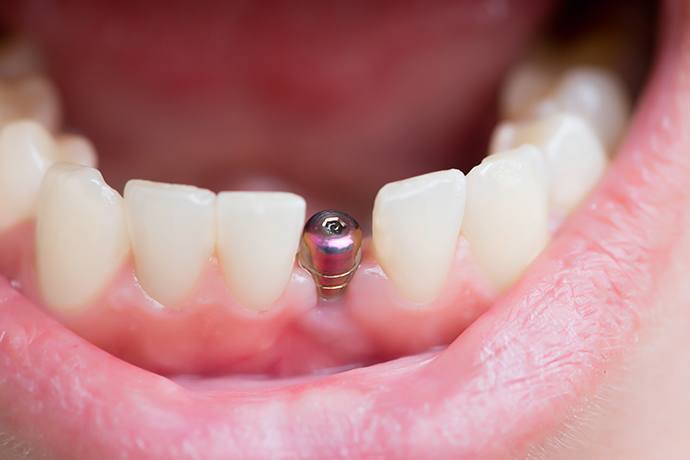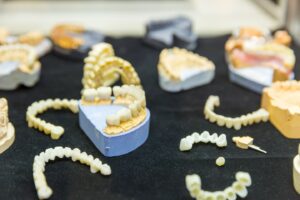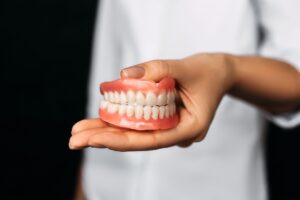Are you looking for bone grafts in Miami? In the realm of modern dentistry, bone grafts have emerged as pivotal for numerous dental procedures, ensuring the foundation of bone health is robust enough to support various treatments. These grafts are crucial for maintaining the integrity of a patient’s jawbone, especially in cases where bone loss could compromise the success of implants and other dental restorations.
What Are Bone Grafts?
Bone grafts are surgical procedures that replace or augment missing bone in specific areas of the mouth, facilitating the growth of new bone. This is essential for dental restorations that require a solid bone foundation.
A bone graft involves taking bone from one part of the body and transplanting it into the jawbone. There are several types of bone grafts used in dentistry, including:
- Autografts: Bone taken from the patient’s own body, such as the hip or chin.
- Allografts: Bone sourced from a human donor.
- Xenografts: Bone derived from animal sources, typically bovine.
- Synthetic Bone Grafts: Man-made materials that mimic the properties of real bone.
Bone grafts work by providing a scaffold for new, natural bone to grow and integrate, eventually replacing the grafted material completely or becoming intertwined with it.
Who Are Candidates for Bone Grafts?
Candidates for bone grafting typically lack sufficient bone density or volume, necessary for the success of dental implants or other procedures.
Common Dental Conditions That May Require Bone Grafts
- Tooth extractions that lead to bone loss
- Periodontal disease causing bone deterioration
- Dental trauma or congenital defects
The Bone Graft Procedure: Step by Step
Pre-Procedure Evaluation and Preparation
The journey towards a successful bone grafts in Miami begins long before the actual surgery. Initially, patients undergo a comprehensive evaluation to determine the precise nature of their bone deficiency. This evaluation typically involves detailed discussions about the patient’s medical history, oral hygiene habits, and any previous dental work. Dental professionals utilize X-rays or CT scans, offering a clear view of the jawbone’s condition, to meticulously plan the grafting procedure. This preparatory stage may also include discussions on the various types of graft materials available, ensuring that patients are fully informed and comfortable with the chosen approach.
Detailed Description of the Bone Grafting Process
- Anesthesia: The bone grafting procedure commences with the administration of local anesthesia to numb the area, ensuring a pain-free experience. For patients with dental anxiety or those undergoing extensive grafting, sedation options may also be discussed to provide a comfortable and stress-free procedure.
- Incision and Exposure: Once the area is numbed, the surgeon makes a precise incision in the gum tissue to reveal the underlying bone that requires augmentation. This step is crucial for accessing the area in need of the graft.
- Site Preparation: Before placing the graft, any remnants of damaged or infected tissue are carefully removed, and the site is prepared to receive the new bone material. This preparation is essential for promoting successful integration of the graft.
- Graft Placement: The selected bone graft material—be it autograft, allograft, xenograft, or a synthetic option—is then meticulously positioned in the area where bone augmentation is needed. The choice of material depends on various factors, including the patient’s specific needs and the extent of bone loss.
- Securing the Graft: In some cases, a barrier membrane may be placed over the graft to protect it and to encourage bone regeneration. This membrane also helps to prevent the invasion of soft tissue into the area designated for new bone growth.
- Closure: After the graft material has been properly positioned, the gum tissue is repositioned over the site and sutured closed. The stitches used may be dissolvable or may require removal in a follow-up visit, depending on the type used by the dental surgeon.
- Recovery Initiation: Immediately following the procedure, the area is often covered with a protective dressing, and specific post-operative instructions are provided to the patient. These instructions include guidance on diet, oral hygiene practices, medication use, and any activity restrictions to ensure optimal healing.
The bone grafting process, while intricate, is a routine procedure with a high success rate when performed by an experienced dental professional. Following the procedure, patients are closely monitored through follow-up appointments to ensure the graft is healing properly and integrating with the existing bone structure, setting the foundation for future dental restorations and the improvement of oral health.

Choosing the Right Place for Bone Grafts in Miami
Selecting the right dental professional for bone graft procedures is a decision that significantly impacts the success and comfort of your treatment. It’s essential to choose a skilled dental surgeon with extensive experience in bone grafting, as their expertise ensures that the procedure is performed with the highest standard of care.
In Miami, UltraSmile is recognized for its exceptional experience in dental procedures, including bone grafts. Our team of dental professionals is not only highly qualified but also committed to utilizing the latest techniques and technologies in the field. At UltraSmile, we pride ourselves on our patient-centered approach, ensuring that every individual receives personalized care tailored to their specific needs.
We encourage patients to explore all their options and understand how bone grafts can impact their dental health and treatment outcomes. Choosing UltraSmile Miami means entrusting your oral health to a clinic known for its expertise in bone grafting among many other dental services. Our dedicated team is here to guide you through the process, from the initial consultation to post-procedure care, making your journey towards improved oral health as smooth and comfortable as possible.
If you’re considering dental restoration and think you might need a bone graft, schedule a consultation with us. Let’s discuss how bone grafting can benefit you and plan your path towards a healthier, more complete smile.







